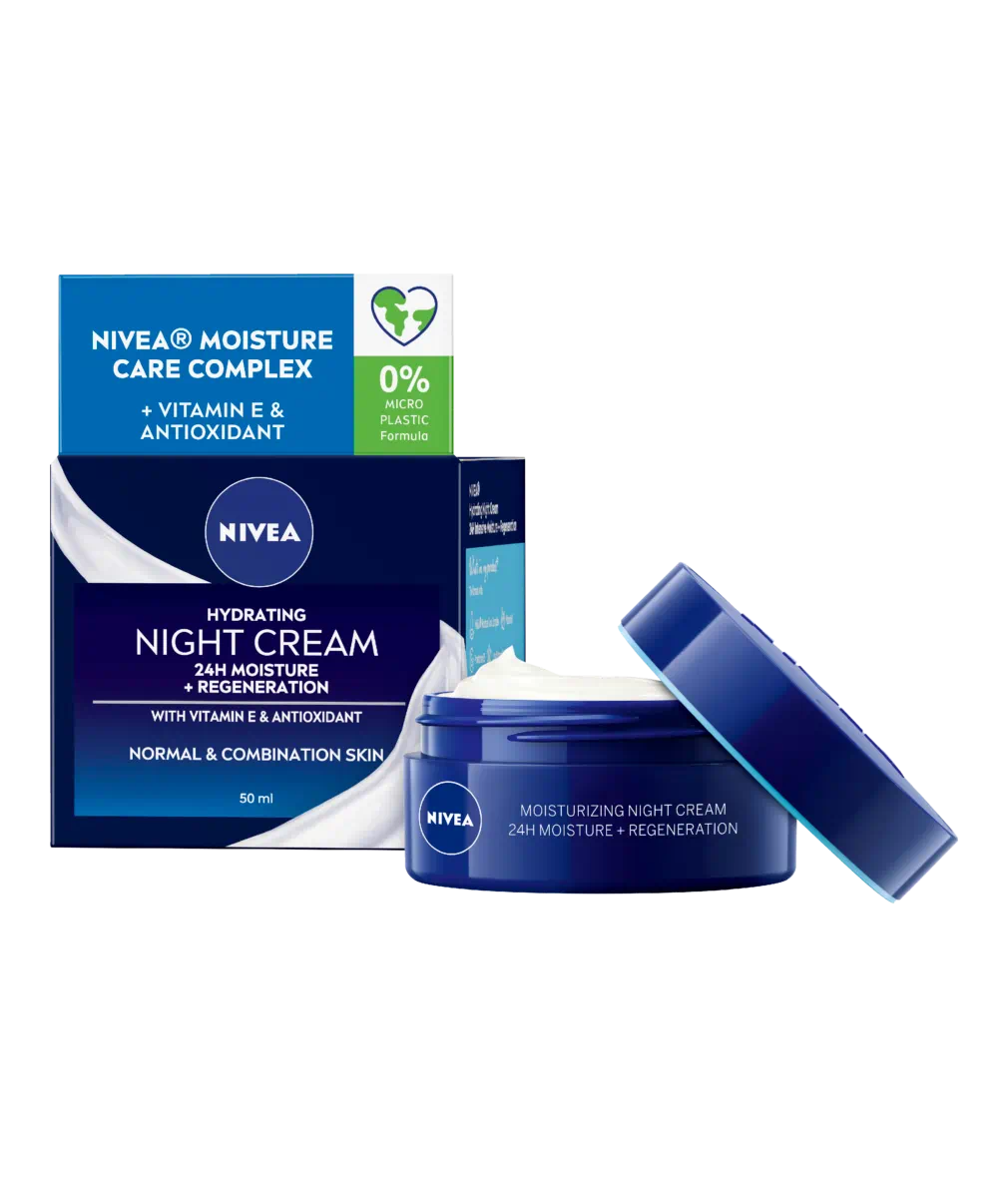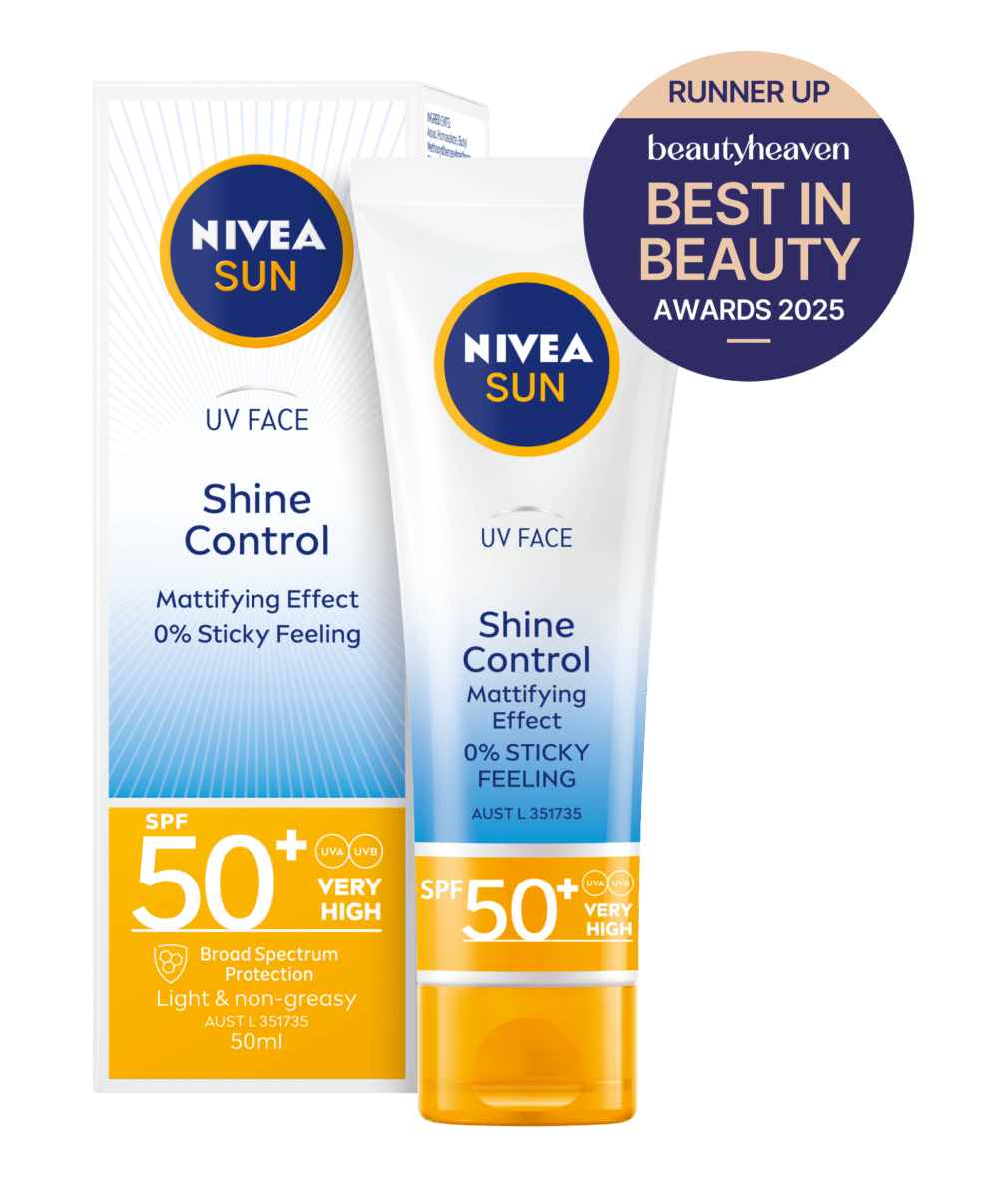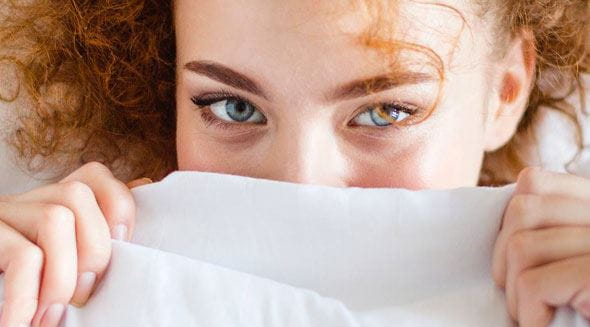
What are Freckles
Freckled skin is common, but what are freckles? Few people are aware of what causes these little brown specks and how to look after them. Discover what causes skin to freckle easily and who is more likely to have these wonderful markings.
WHAT CAUSES FRECKLES?
HOW TO CARE FOR FRECKLES
CAN YOU PREVENT FRECKLES?
By staying out of the sun and using sun cream your skin will have more protection which means less melanin will be produced and your skin may produce less freckles. Due to this increased production of melanin caused by the sun, people who get freckles should be more careful in the sun as they have an increased likelihood of getting skin cancers. If you have freckles you should pay attention to any freckles that change shape or colour and seek medical advice if you are worried about any of them:


















